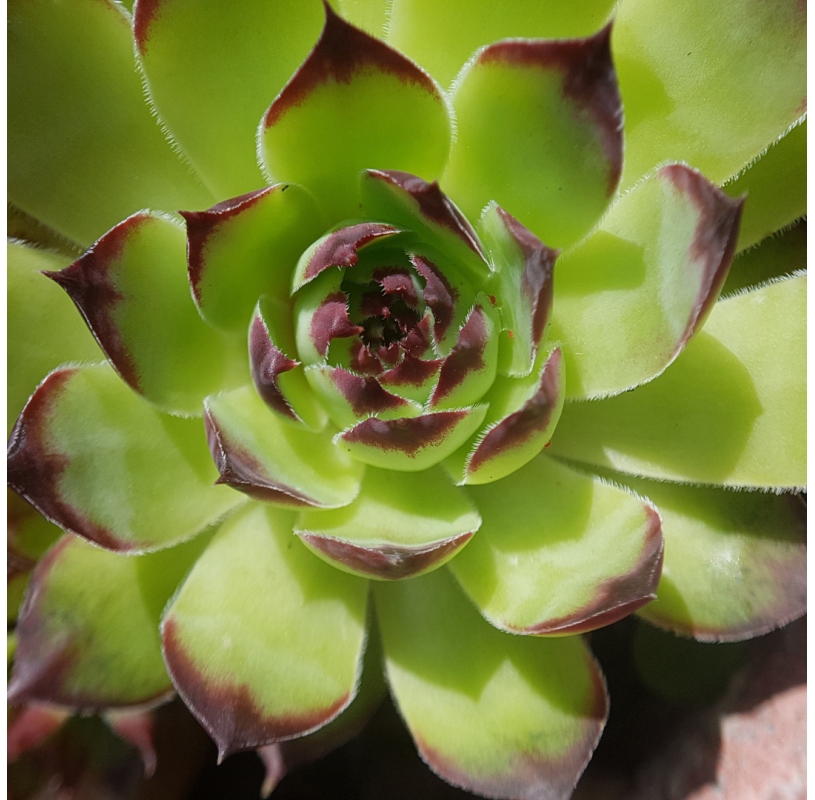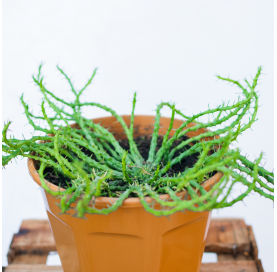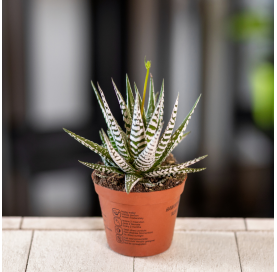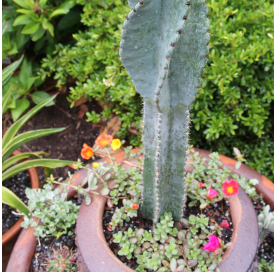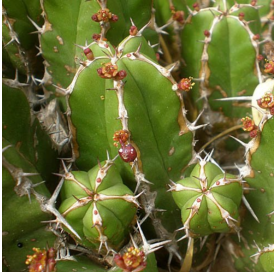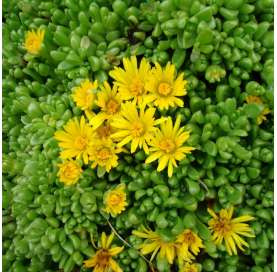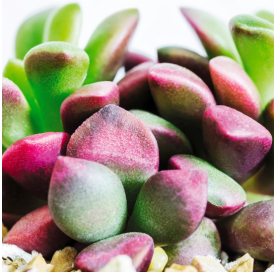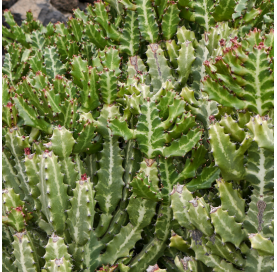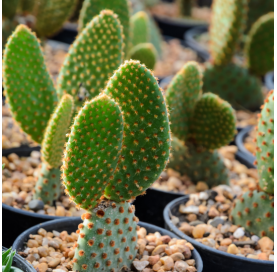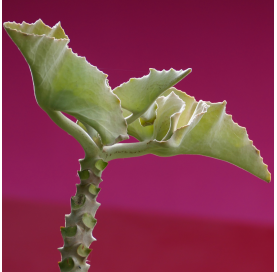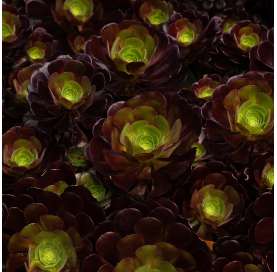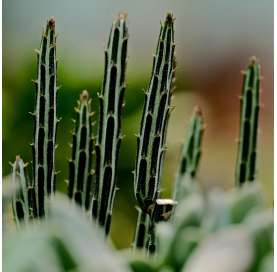Sempervivum tectorum
Sempervivum tectorum, known as "Houseleek" or "Roof Houseleek," is a perennial succulent native to Europe, particularly the mountainous regions of the Alps and the Pyrenees. It thrives in harsh conditions, forming rosettes of fleshy leaves that change color based on the environment. Easy to care for, it tolerates extreme temperatures and requires moderate watering. Its rich history includes protective rooftop traditions and traditional medicinal uses.
 Encrypted payments for greater security
Encrypted payments for greater security
To reduce the plant's time in transit, shipments are made from Monday to Wednesday.


Shipping only to mainland Spain and mainland Portugal
Description
Sempervivum tectorum, commonly known as "Houseleek" or "Roof Houseleek," is a perennial succulent from the Crassulaceae family. It is characterized by compact rosettes of fleshy leaves that range in color from green to reddish or purple, depending on environmental conditions. In summer, it produces flower stalks with small star-shaped flowers in shades of pink or purple.
Origin
It is native to the mountainous regions of Europe, particularly the Alps, the Carpathians, and the Pyrenees. It has been cultivated for centuries due to its resilience and ability to grow in harsh conditions, such as rooftops and stone walls.
History
Sempervivum tectorum has a rich tradition in European culture. In ancient times, it was placed on rooftops as protection against lightning and evil spirits. Its name, "tectorum," means "of the roofs" in Latin, reflecting this practice. It was also believed to have medicinal and mystical properties.
Care
- Light: Prefers full sun but tolerates partial shade. Prolonged sun exposure enhances its colors.
- Soil: Requires well-draining soil, such as a cactus or succulent mix.
- Temperature: Withstands extreme temperatures, both hot and cold, as long as the soil is not waterlogged.
- Watering: Highly drought-resistant. Needs moderate watering, allowing the soil to dry out completely between waterings.
- Fertilization: Rarely needs fertilizing; a light dose in spring with cactus fertilizer is sufficient.
Fun Fact
Sempervivum tectorum is also known as "Jupiter’s Beard" because in ancient times, it was believed to be associated with the Roman god Jupiter, who protected it from lightning. Additionally, its traditional medicinal uses included soothing burns and minor wounds.
Watering
- Summer: Moderate watering, avoiding waterlogging.
- Winter: Very occasional watering, only if the soil is completely dry.
- Method: Water at the base of the plant, avoiding wetting the leaves to prevent rot.
Pruning
- This plant requires little to no pruning.
- Remove dried or withered leaves to maintain a clean and healthy appearance.
- Cut flower stalks after blooming to encourage the growth of new rosettes.
General Care
- Placement: Ideal for rock gardens, decorative pots, or green roofs.
- Propagation: Easily propagated through offsets growing around the mother rosette.
- Pests: Highly resistant to pests, though it may occasionally attract mealybugs or aphids.
- Rotation: Rotate pots occasionally for even growth if kept indoors.
Sempervivum tectorum is a perfect plant for beginners and succulent enthusiasts due to its low-maintenance nature and exceptional resilience.
Data sheet
- Name
- Sempervivum tectorum
- Origen
- the Alps, the Carpathians, and the Pyrenees
- Height
- 5 and 10 cm
- Colour
- Range from green to reddish or purple
- Flowering
- Blooms in summer, typically from June to August.
- Location
- Thrives in full sun, though it can tolerate partial shade.
- Irrigation
- Minimal watering to prevent excess moisture.
- Applications
- Popular in rock gardens, walls, and green roofs for its resilience and visual appeal.
- Note
- Extremely hardy and easy to care for, making it ideal for beginners.
12 other products in the same category:
-
Euphorbia flanaganii€0.00
-
Aloe trigre€6.00
-
Spiral cactus€6.00
-
Euphorbia handiensis€6.00
-
Rhipsalis baccifera,...€8.00
-
Delosperma Cooperi.€3.30
-
Anacampseros Rufescens€3.50
-
Euphorbia lactea€6.00
-
Puntia microdasys€6.00
-
Kalanchoe beharensis€0.00
-
Aeonium arboreum...€5.20
-
Kleinia stapeliiformis€3.50

 English
English Spanish
Spanish